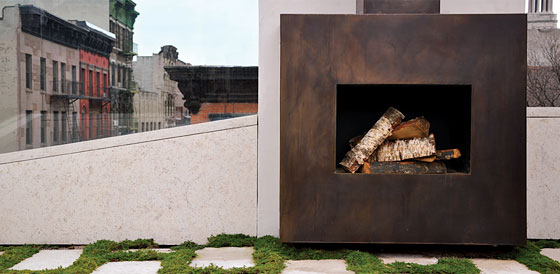A few weeks ago I provided some logic to Jhoanna Robledo at New York Magazine about valuing a fireplace. She’s just as interested in quantifying amenities as I am and has written some fun pieces on valuing various amenities using my logic. Floor level. Outdoor space. Light and Views.
She distilled down the ±90 minutes of discussion on the hot topic…and remember when it comes to valuation logic, one size doesn’t fit all. My approach came from 26 years of valuing thousands of co-ops, condos and townhouses in NYC but the same logic could very well apply to other markets.
In a study of Manhattan sales that appraiser Jonathan Miller made with researchers from NYU’s Furman Center for Real Estate and Urban Policy, apartments with fireplaces cost an average of about 10 percent more than those without. (The difference was 11.4 percent in condos, 9.7 in co-ops.) But the fireplace is “part of a suite of amenities” not easily parsed from other prewar features like high ceilings. Miller estimates that the fireplace itself adds 2 to 5 percent to the price. That’s a fairly wide range, depending majorly on placement: A mantel in the center of the living room is worth a lot more than if it’s in a back bedroom. And if the fireplace doesn’t work, or the flue needs more than a cosmetic touch-up? That cuts the value by half.
Think yule log.
4 Comments
Comments are closed.



Quantifying a fireplace, thats a new one!
Have to ask—where is the point of diminishing returns on the +10% for a fireplace guideline? I mean, is a $5,000,000 apartment worth an extra half million if it has a fireplace? What about a $15,000,000 apartment? Assume three fireplaces do not add 30%…..Btw, thanks for being my reverse alarm clock—when I see Miller Samuel in my inbox, I know it’s time to go to bed!
Sorry–you really already explained this when you said it’s part of a suite of amenities that are hard to separate.
For years I provided a two word answer to questions about the value (or added value) of a component or feature of a residence; “it depends”. It’s a bit terse. As a result of dissatisfaction with the short answer, it’s now often expanded to the question “how long is a piece of string?” This allows the questioner to provide the short answer.